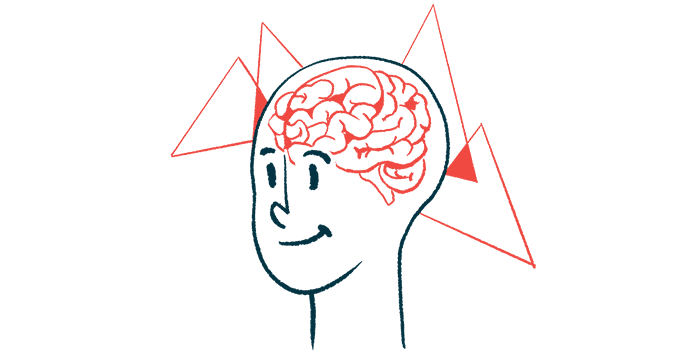Headset used by concussed athletes may be of help in Parkinson’s
MindRhythm's digital technology tracks abnormal brain changes that linger

A headset developed by MindRhythm was able to pick up abnormal brain changes that outlasted by two weeks the symptoms of a concussion in young Australian rules football players, a study reports.
The information could be used to decide if an athlete is ready to play again after a concussion, a type of serious head injury, and also to keep an eye on any lasting problems that might occur from being hit repeatedly on the head during sports.
Sustaining another concussion while still recovering can harm the brain and make it more likely for an athlete to develop a neurodegenerative disease such as Alzheimer’s disease and Parkinson’s disease later in life.
“The headset is also used to monitor athletes afterward to ensure measures remain in the normal range,” Wade S. Smith, MD, PhD, co-founder of MindRhythm, said in a press release.
The study, “Headpulse Biometric Measures Following Concussion in Young Adult Athletes,” was published in JAMA Network Open by researchers at the University of South Australia and the University of California, San Francisco (UCSF).
A concussion can happen due to a bump or jarring hit to the head. A single event usually does not cause permanent damage, but “another concussion during recovery can be neurologically deleterious,” the researchers wrote.
Why exactly a concussion increases the risk for Parkinson’s in unclear, however, concussion-related issues involve disruptions in the autonomic nervous system, blood flow, and brain metabolism. These disruptions are considered responsible for causing symptoms after a concussion. The autonomic nervous system is the body’s automatic control system that regulates functions like heartbeat and digestion without conscious effort.
Headset measures the brain’s headpulse
To find out how long brain changes last after a concussion, the researchers used a headset patented by UCSF and licensed by MindRhythm to measure the brain’s headpulse, which are tiny head movements that happen right after the heart beats.
The study included 43 concussed and 59 control amateur athletes with a total of 44 concussions; one athlete experienced a second concussion more than one month after the first one.
All played Australian rules football, a contact sport where “opposing unhelmeted teams score by moving a ball toward goalposts at either end of a large field,” the researchers wrote. “Tackling or jumping on an opponent are common maneuvers.”
Headpulse measurements were obtained first in a group of 15 concussed and 17 control male athletes, and then validated in a larger group of 28 concussed (20 males, eight females) and 42 control (17 male, 25 female) athletes.
Headset works with a smartphone
A headset comprising a headband with a battery-run accelerometer sensed the headpulse on each athlete’s head. The recordings, which took up to three minutes, were sent to custom software on a smartphone.
During the measurements, athletes were asked to hold their head still and not speak or chew. They also were asked to complete a questionnaire about symptoms, called Neurobehavioral Symptom Inventory (NSI), along with the headpulse recordings.
Concussions were identified by a doctor, a member of the team’s staff, or the athlete. Four (10%) athletes had experienced loss of consciousness, 16 (39%) had alterations in consciousness, and seven (17%) had transient posttraumatic amnesia, or loss of memory.
Of the 32 concussed athletes with recordings available over a period of one month, 26 (81%) had NSI values returning to zero, meaning no symptoms of concussion. In half of these athletes, NSI values returned to zero one week after the concussion.
After setting a threshold for abnormal brain changes, the researchers observed that just more than half of the concussed athletes (57%) had normal headpulse within one month. Half had achieved normal headpulse by day 21, or about two weeks later than resolution of symptoms.
“We found a mismatch between symptoms and changes in biometrics [body measurements] recorded by the device,” said Cathra Halabi, MD, of the UCSF Department of Neurology and the Weill Institute for Neurosciences. Halabi is the study’s first author.
Assessing symptoms for return-to-play decisions
“This raises concern about relying on symptoms for return-to-play decisions. Delays could be recommended for those symptom-free athletes if head pulse abnormalities persist,” Halabi added.
The headset was tested in young adults, but one day may be tested in children and adolescents. The company hopes to obtain clearance from the U.S. Food and Drug Administration within the next year.
“The plan is to make the technology available to the medical community, with the most likely areas of interest being sports medicine physicians and concussion clinics,” said John Keane, co-founder and CEO of MindRhythm.







